Hot glue is a versatile material that can be used for a variety of purposes. It can be used to create crafts, fix broken items, and much more. However, using hot glue without a gun can be difficult if you don’t know what you’re doing. In this article, we will answer some common questions about using hot glue without a gun and provide some helpful tips for getting the most out of this versatile material!
Table of Contents
Use a microwave
One of the most common questions about using hot glue without a gun is how to heat the glue. The easiest way to do this is to place the glue in a microwave-safe bowl and heat it for 30 seconds at a time until it is melted. Be sure to stir the glue occasionally so that it doesn’t become too hot and cause burns![1]
Once the glue is melted, you can use it as you would normally use hot glue. Simply apply it to the surface you want to adhere and press firmly. The glued item will dry quickly, so be sure to work quickly!
If you need to store your hot glue, simply place it in a sealed container or bag and store it in the fridge. It will solidify and can be reheated as needed.

A hot glue skillet
It is a device that is placed over an open flame to heat the glue and keep it in a liquid state.
You can purchase a hot glue skillet at most craft stores, or online.
When using a hot glue skillet, be sure to place it on a heat-resistant surface. Place your adhesive-backed material on the skillet, and use a wooden skewer or other tool to apply the glue. Be sure to work quickly, as the glue will cool and harden quickly once removed from the heat source.[1]
Try a heat gun
If you don’t have a hot glue gun, you can try using a heat gun. Heat guns are typically used for tasks like removing paint or thawing frozen pipes, but they can also be used to melt hot glue. Just be careful not to overheat the glue, or you’ll risk ruining your project.[1]
A Candle
On the stovetop
If you don’t have a hot glue gun, you can use a stovetop to heat up your glue. This is how most people did it before hot glue guns were invented. Simply put some glue on the end of a metal rod or skewer and hold it over a flame until the glue melts. You can then use the melted adhesive to attach whatever you need.
Just be careful not to touch the hot metal rod with your skin as it will be very hot! Also, make sure that there is no fire hazard nearby when using this method.[1]
Melt dabs with a soldering iron
If you’re looking for a way to use hot glue without a gun, one option is to melt the dabs with a soldering iron. This method is great for small projects where you need precision and control over the amount of glue that’s applied.

To use this method, simply place the tip of the soldering iron against the dab of glue until it melts. Then, apply the glue to your project as needed. When you’re finished, allow the glue to cool and harden before handling your project.
One thing to keep in mind when using this method is that it can be easy to overdo it with the heat from the soldering iron. So, be sure to test on a scrap piece of material.[1]
Use matches
If you don’t have a lighter or matches, you can use a piece of paper. Just fold it until it’s about an inch wide, then light the end on fire and hold it to the glue. The heat from the flame will melt the glue so you can apply it to your project.[1]
Try a lighter
If you don’t have a hot glue gun, you can use a lighter to heat up the glue sticks. Just hold the lighter under the glue stick for a few seconds until it’s melted. Then apply the glue to your project as usual.
This method works best if you’re using small amounts of glue and don’t need it to be too hot. Otherwise, it can be difficult to control the heat from the lighter and you might end up with a big mess.[2]
At what temperature does a hot glue stick melt?
The melting temperature of a hot glue stick is between 176 and 392 degrees Fahrenheit. To ensure that your project stays together, it’s important to use a glue gun that can maintain a consistent temperature.[2]
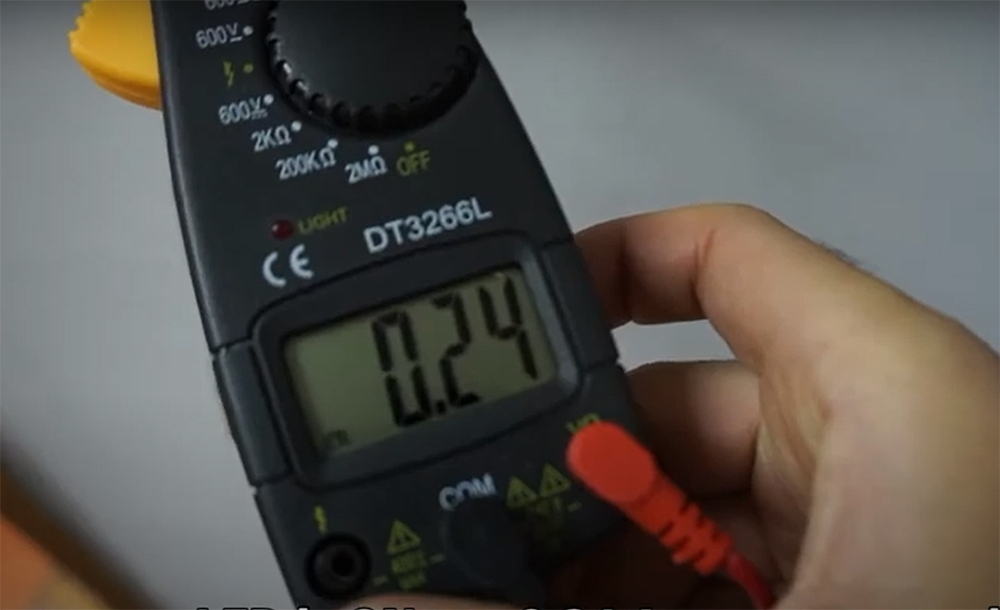
If you’re working with a lower-quality glue gun, you may find that the glue sticks don’t melt evenly. This can cause your projects to come apart or not adhere properly.
To avoid this problem, try using a higher-quality glue gun or investing in a temperature-controlled glue gun. These types of guns will help keep the adhesive at a consistent temperature, ensuring that your projects turn out looking great.
How do you make a homemade glue gun?
If you don’t have a glue gun, you can still use hot glue by making your own! All you need is a metal can, some wax, and a heat source.
Simply fill the can with wax, then set it over a heat source – like a stovetop burner – until the wax melts. Once melted, dip whatever item you want to glue into the wax, then apply pressure to adhere it to your project. The adhesive will cool and harden quickly, so work fast!
Types of glue sticks
General Glue Sticks
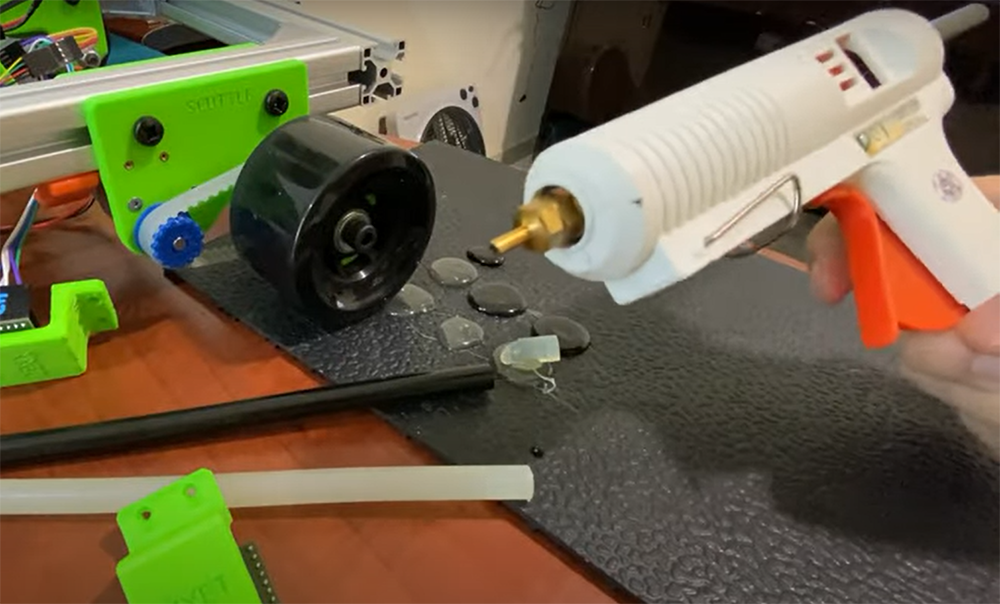
The first type of glue sticks are the general purpose or all-purpose glue sticks. These are the most commonly used and versatile type of glue stick. They can be used on a variety of materials, including paper, cardboard, fabric, wood, and metal.
All-purpose glue sticks come in two different sizes: standard and mini. Standard size all-purpose glue sticks are best for larger projects, while mini all-purpose glue sticks are better suited for smaller projects or tight spaces.
Mini all-purpose glue sticks are also great for travel because they’re less likely to break or leak than standard size all-purpose glue sticks.[3]
Transparent Glue Sticks
Super Strong Hot Melt Glue Sticks
If you are looking for a hot melt glue that is strong and versatile, then look no further than super strong hot melt glue sticks! These sticks are perfect for bonding metal, wood, glass, plastics, ceramics, and more. With a high temperature resistant formula, these sticks can withstand temperatures up to 250 degrees Fahrenheit. And with a quick set time of just 60 seconds, you’ll be able to get your projects done in no time![3]
UL Hot Melt Glue Sticks
Using hot glue without a gun is possible, and it can be done with the help of hot melt glue sticks. These are available in most hardware stores, and they come in different sizes. The most important thing to consider when choosing a hot melt glue stick is the size of the project you’re working on. For smaller projects, choose a smaller glue stick; for larger projects, choose a larger one.[3]
Fast-Setting Hot Melt Glue Sticks
For those who are looking for an adhesive that sets quickly, look no further than hot melt glue sticks. Hot melt glue sticks come in a variety of diameters and lengths, making them perfect for both small and large projects. And because they set so quickly, they’re ideal for bonding together materials that you need to be able to move or manipulate soon after gluing.[3]
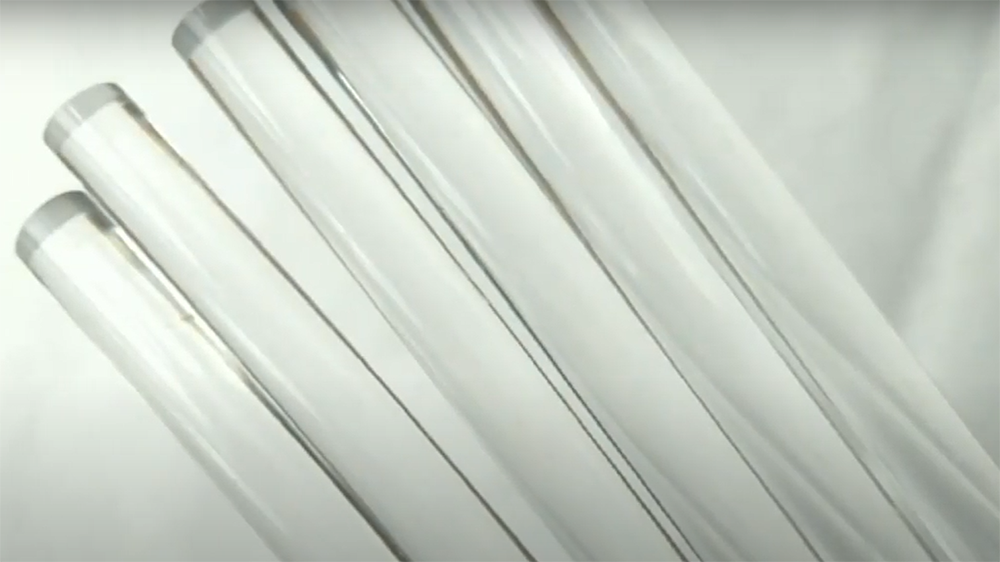
One thing to keep in mind when using hot melt glue sticks is that they can become extremely hot during use. So be sure to use caution when handling the glue stick itself, as well as any items that you’re bonding together. You’ll also want to have a cool, dry place to set your project down while the glue dries – otherwise you run the risk of melting or warping your materials.
FAQ
Is hot glue permanent?
Hot glue is a thermoplastic, meaning it can be melted and reformed. This also means that hot glue is not permanent. It will hold strong for a short amount of time, but it will eventually come undone.
If you need a more permanent solution, you can use epoxy or superglue. However, these are not as versatile as hot glue and can be difficult to work with.
Does hot glue last in water?
One of the most common questions we get asked is whether hot glue will last in water. The answer is yes! Hot glue is actually waterproof, making it perfect for projects that will be exposed to moisture or humidity. However, there are a few things to keep in mind when using hot glue on wet or damp surfaces. First, make sure that the surface you’re adhering the hot glue to is completely dry before applying the adhesive. If the surface is even slightly damp, the hot glue will not adhere properly and could come loose over time. Second, apply a generous amount of hot glue to ensure a strong bond. Third, allow plenty of time for the glued item to dry completely before exposing it to water. By following these simple tips, you can use hot glue on all sorts of wet or damp surfaces with confidence!
How strong is hot glue?
Hot glue is an incredibly versatile adhesive. It can be used on a variety of materials, including paper, plastic, metal, and fabric. Hot glue is also very strong and durable.
However, hot glue is not as strong as some other adhesives on the market. For example, epoxy resin is much stronger than hot glue. If you need a very strong bond, you should use another type of adhesive.
Will hot glue melt plastic?
Hot glue will not melt plastic. However, it is possible to heat the plastic with the hot glue gun and then use the hot glue to attach the melted plastic to another object.
Is hot glue better than Super Glue?
The answer to this question is a resounding yes! Hot glue has many advantages over super glue, the most important being that hot glue is much more versatile. You can use hot glue to attach anything from paper to plastic, and it will hold up just as well as super glue.
Another advantage of hot glue is that it dries very quickly. This means that you won’t have to wait around for hours for your project to dry – you can get started on it right away! And if you make a mistake, no problem – just reheat the glued area and start again. Super glue, on the other hand, takes quite a while to dry, so if you make a mistake you’ll have to wait for it to dry completely before you can fix it.
How long does hot glue take to dry?
It’s important to know how long your glue will take to dry, especially if you’re working on a project with a time limit. Hot glue typically takes about 30-60 seconds to dry. However, there are some variables that can affect this drying time, such as the type of hot glue you’re using and the temperature of your workspace. If you’re in a hurry, you can speed up the drying time by using a hair dryer or heat gun on low heat.
Is hot glue stronger than wood glue?
No, hot glue is not stronger than wood glue. However, it can be used to adhere to surfaces that wood glue cannot, such as plastic and metal. Additionally, hot glue dries much faster than wood glue, so it can be a good option when you need a quick fix.
One downside of hot glue is that it is not as durable as wood glue. It is also not water-resistant, so it should not be used for projects that will be exposed to moisture.
Another thing to keep in mind is that hot glue guns can get very hot, so they should be handled with care. If you are using a hot glue gun for the first time, make sure to read the instructions carefully and practice on a scrap piece of material before using it on your project.
Does hot glue yellow over time?
One of the most common questions about hot glue is whether it will yellow over time. The answer is that it really depends on the brand of glue and the type of plastic you’re using. Some glues are specially formulated to resist yellowing, but in general, hot glue will tend to yellow over time if it’s exposed to sunlight or other sources of UV light. If you’re worried about your project looking its best for as long as possible, try to use a clear glue or one that’s designed to resist yellowing.
Another thing to keep in mind is that hot glue can sometimes leave behind a sticky residue. This is more likely to happen with cheaper glues, but it can happen with any type of hot glue if you’re not careful. To avoid this, make sure you let the glue cool completely before trying to remove it. You can also try using a heat gun to loosen the glue before peeling it off.
Finally, hot glue can be difficult to work with if you have long nails or fingers. If you find that the glue is sticking to your skin or clothes, try using a piece of wax paper or parchment paper to protect your hands and clothing. This will help keep the glue from sticking where you don’t want it to and make cleanup a lot easier.
Useful Video: How to glue sticks use without glue gun
Conclusion
Thanks for reading! We hope you found this article helpful. If you have any questions or tips of your own, please share them in the comments below!
Hot glue is a great way to attach things together quickly and easily. However, it can be tricky to use if you don’t have a gun. In this article, we’ve shared some tips and tricks on how to use hot glue without a gun. We hope you find them helpful!
References:
- https://wigglywisdom.com/how-to-melt-glue-sticks-without-glue-gun/
- https://naptimecrafts.com/how-to-melt-glue-sticks-without-a-glue-gun/
- https://www.hot-melt-glue.com/en/product.php?act=intro&cid=5&gclid=Cj0KCQjw2_OWBhDqARIsAAUNTTGNM40WgHZSKnmZq3UwOUHUrnvxvntkovp_5pPPPLROKdgZyzUQ-tYaAh5AEALw_wcB

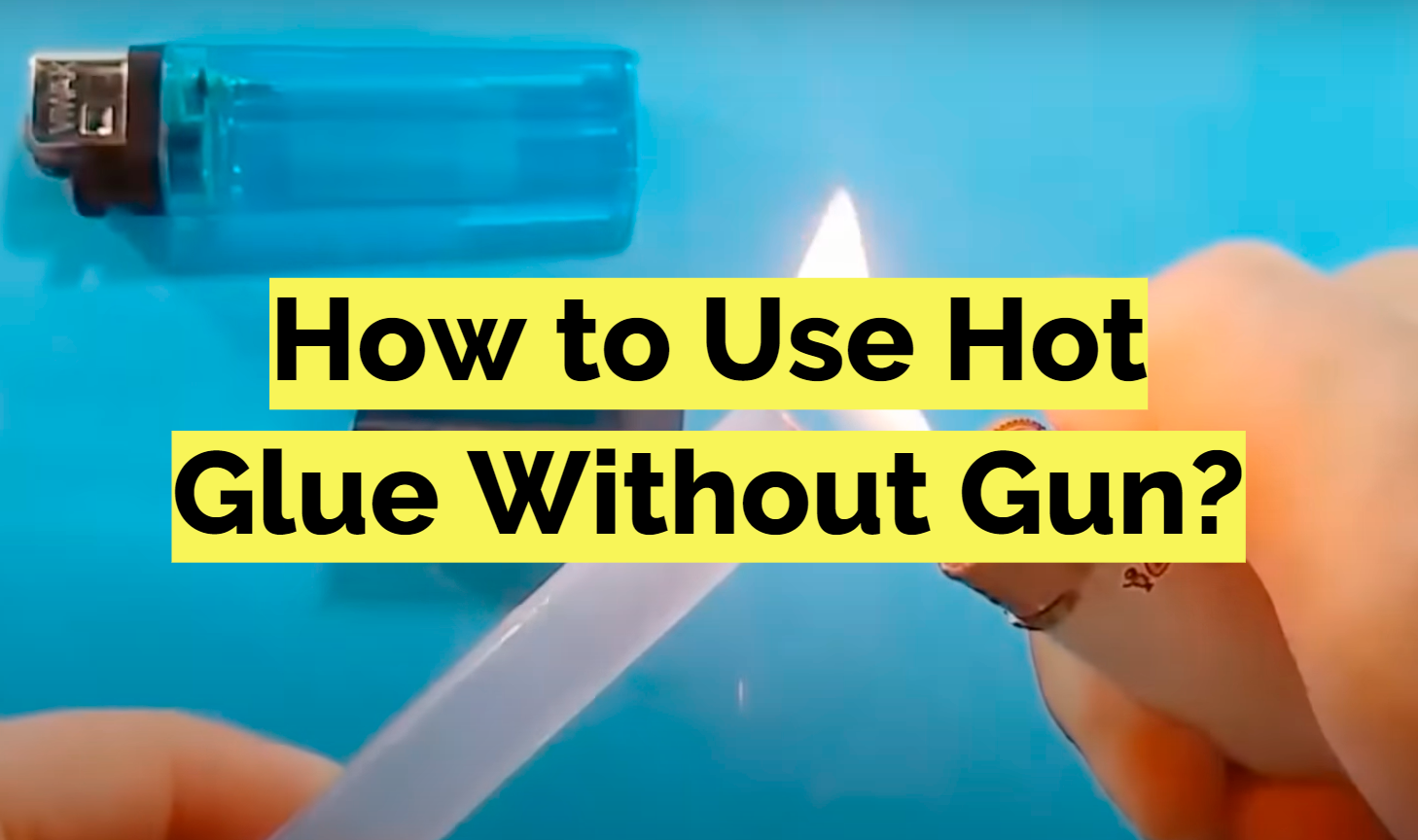

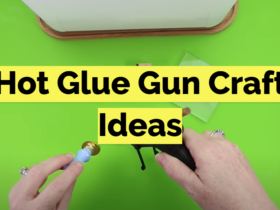
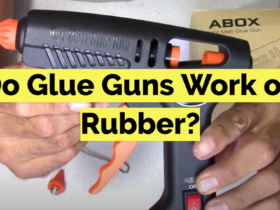
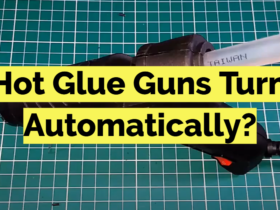
Leave a Reply